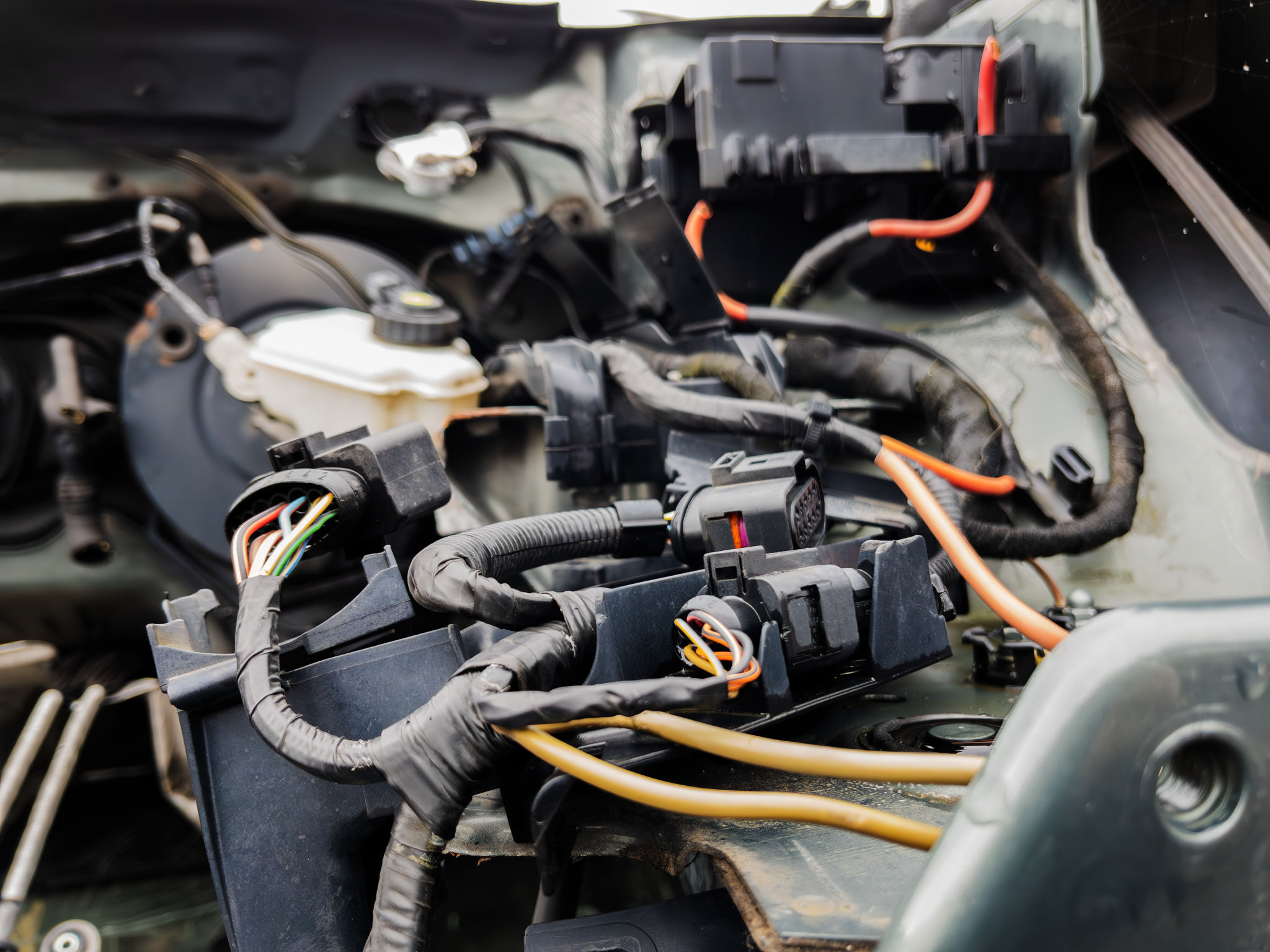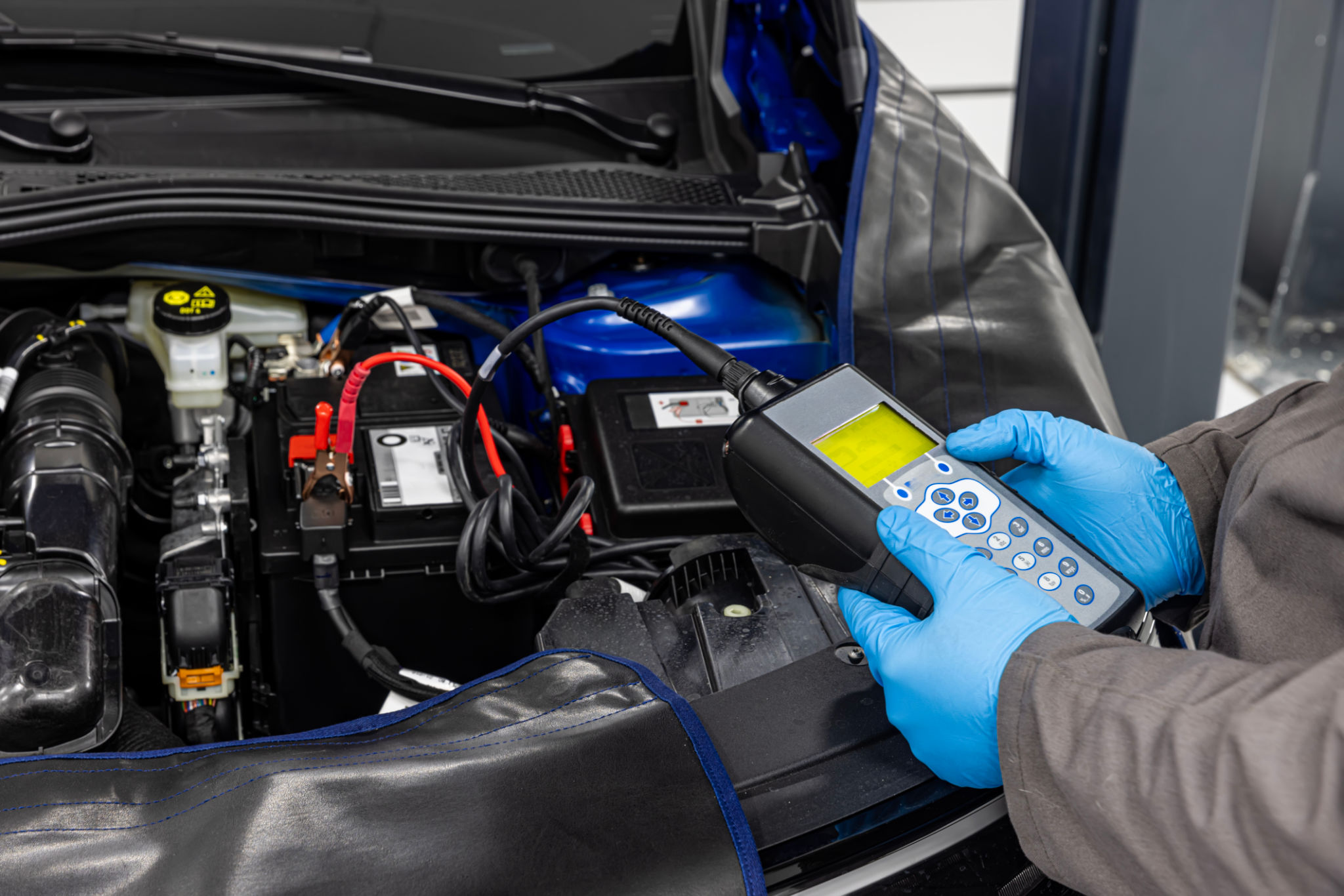The Complete Guide to Auto Electrical Repairs in Bristol
Understanding Auto Electrical Systems
Auto electrical systems are the backbone of modern vehicles, responsible for powering everything from the starter motor to the lights and entertainment systems. Understanding how these components work together can help diagnose issues more effectively. At its core, an auto electrical system includes the battery, alternator, starter, and wiring.
The battery stores electrical energy that powers your vehicle when the engine isn't running. On the other hand, the alternator charges the battery and powers the electrical system when the engine is running. Finally, the starter initiates engine operation. By understanding these elements, you'll be better equipped to identify potential problems.

Common Auto Electrical Issues
Several common electrical problems can plague vehicles, and recognizing them early can save time and money. One of the most frequent issues is a dead battery, often caused by leaving lights on or a faulty alternator failing to charge it properly. Corroded battery terminals can also lead to poor connections.
An alternator that doesn't charge the battery correctly can lead to dim lights and stalling issues. Additionally, wiring problems can cause a variety of symptoms, from malfunctioning accessories to complete electrical failures. Regular maintenance and inspections can help prevent these issues from worsening.

Steps for Diagnosing Electrical Problems
Diagnosing auto electrical problems involves a series of steps. First, visually inspect the battery and terminals for corrosion or damage. Next, use a multimeter to test the battery's voltage; a healthy battery should read around 12.6 volts when the engine is off.
If the battery is fine, check the alternator by measuring the voltage while the engine is running; it should read between 13.7 and 14.7 volts. Additionally, inspect the wiring for any signs of damage, such as fraying or exposed wires. If you're unsure, it's always best to consult a professional.

When to Seek Professional Help
While some minor issues can be resolved at home, certain situations require expert intervention. If you notice persistent electrical problems despite your efforts, it's time to consult a professional auto electrician in Bristol. They have the tools and expertise to diagnose complex issues accurately.
Common signs that indicate you need professional help include persistent battery drainage, frequent blown fuses, and complex wiring issues. Additionally, if your vehicle's check engine light is illuminated due to an electrical fault, a professional diagnosis is essential.
Choosing the Right Auto Electrician in Bristol
Selecting a reliable auto electrician is crucial for ensuring quality repairs. Look for professionals with strong reputations and positive reviews from previous customers. A reputable auto electrician should be certified and experienced in handling various makes and models.
It's also wise to consider their availability and whether they offer mobile services, which can be convenient in emergencies. Don't hesitate to ask questions about their diagnostic methods and repair processes to ensure you're comfortable with their approach.

Preventative Measures for Auto Electrical Systems
Preventative maintenance is key to avoiding costly repairs. Regularly inspect your vehicle's battery terminals for corrosion and clean them as needed. Ensure your battery is securely mounted to prevent vibration-induced damage.
Additionally, consider investing in a battery maintainer if your vehicle sits unused for extended periods. This device keeps the battery charged without overcharging it. Regularly checking your car's lights and other electrical components can also help catch potential issues early.
Understanding Electrical Terminology
Familiarizing yourself with basic electrical terminology can make communication with your auto electrician easier. Terms like "voltage," "current," "circuit," and "resistance" are commonly used in diagnostics.
Voltage refers to the electric potential difference between two points, while current is the flow of electric charge. A circuit is a closed loop through which electricity flows, and resistance measures how much an object opposes this flow. Understanding these terms can help you comprehend the diagnosis and repair process better.